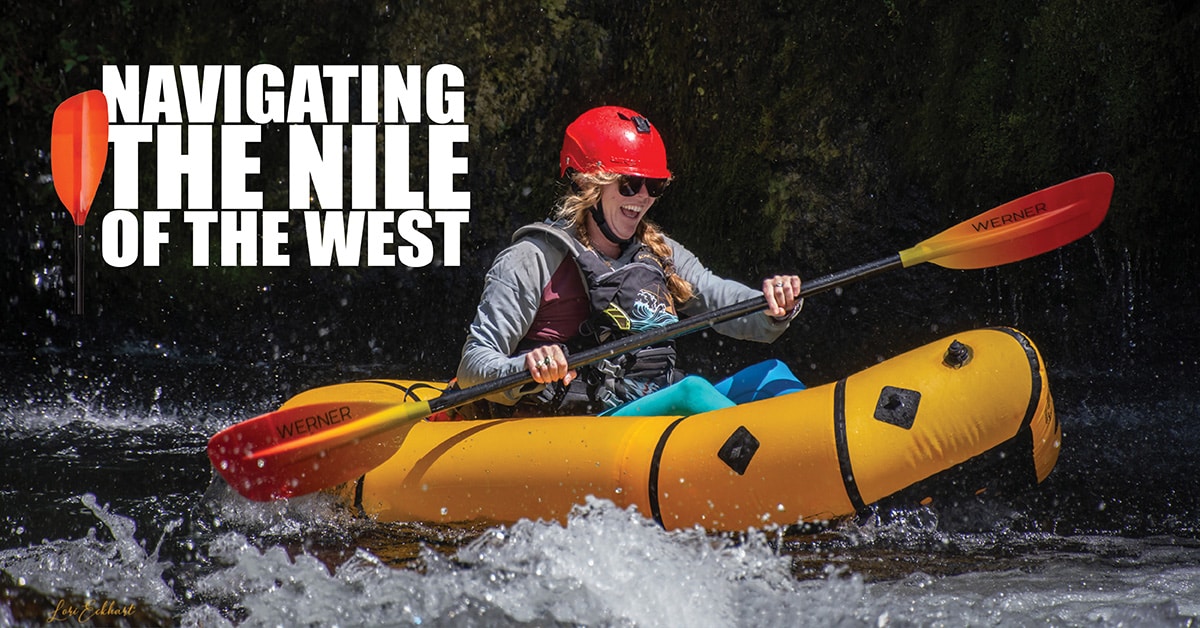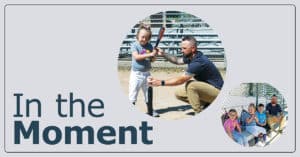Navigating the Nile of the West
Forging the Sacramento River from Mount Shasta to the Golden Gate Bridge…
“When you find a good adventure buddy, it’s like hitting the jackpot,” says outdoor enthusiast and paddler Ari Kosel. This, of course, is in reference to her friend and fellow paddler, Alyssa Winkelman. Not only are the two accomplished skiers and trained river guides, but they’ve also known each other since they were 6. Yet it was three years ago that they undertook their biggest expedition, becoming the first all-female crew to trace the Sacramento River from its source in Mount Shasta to the Pacific Ocean. They used a variety of human- powered means, including skis, packrafts and sea kayaks. It was a demanding journey, both physically and mentally. “We already had a really strong bond because we’ve been through lots of sometimes difficult life experiences together, but this made our relationship even stronger because it showed us that we can rely on each other more than you’d expect from a friend when things are really tough and you just want to be done,” says Winkelman.
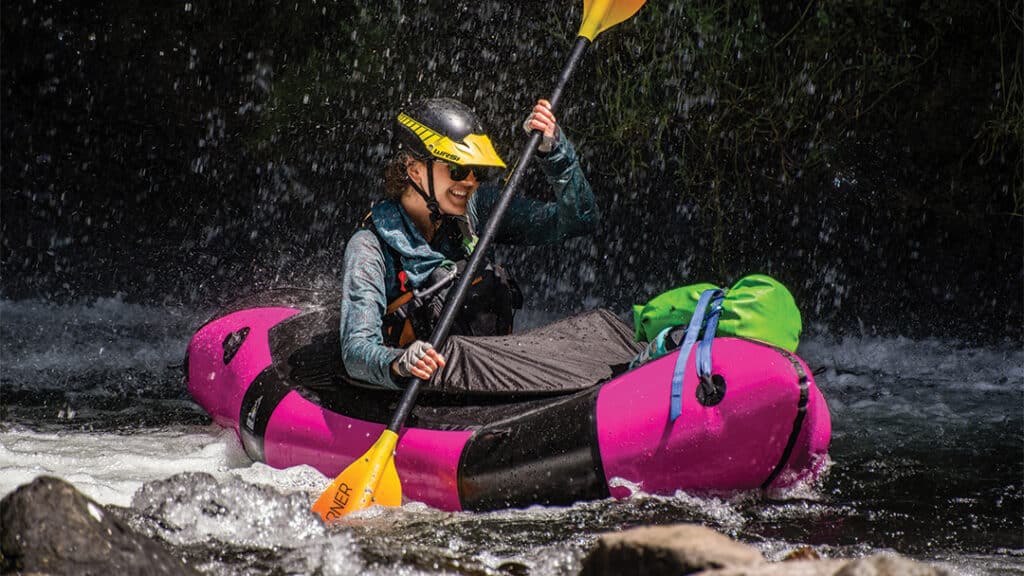
Long considered “The Nile of the West” for its wide natural floodplain, the Sacramento River has provided a route for travel since ancient times. It’s also California’s largest river, winding roughly 440 miles from its headwaters at Mount Shasta to the Golden Gate Bridge, where the Sacramento-San Joaquin Delta finally meets the ocean. The river and its tributaries are also home to some of California’s key dams and reservoirs, all of which provide water for 25 million people, power for more than 4 million homes, and irrigation for more than 2 million acres of land. It would seem like making the journey in 21 days was adventure enough. “In the whitewater and rafting world, it’s kind of a ‘thing’ to do source-to-sea trips, and I just thought it would be cool to do it on the river that I learned to guide on. And Ari’s as crazy as I am, so I thought she’d probably say yes,” Winkelman says as the chief instigator of the trip. Turns out, Ari did say yes, and the adventure began.
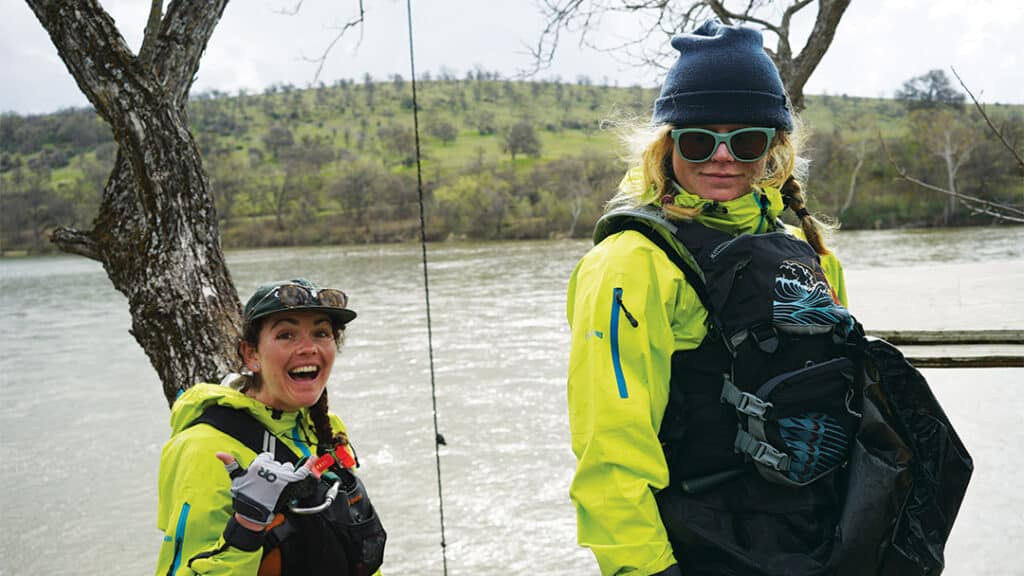
But not long into planning, the mission of the trip began to evolve. As Kosel recalls, “During those early conversations, we really wanted to do this simply for us. But the conversation had started during the pandemic, and the whole situation in the world kind of got us thinking about how we could make this bigger than us. We started thinking about it in terms of climate change and environmental conservation, but then we also fell in love with the idea of wanting to practice listening and being open to different perspectives and stories because there was
so much conflict at the time. We really wanted to model how can we go into communities and situations where we know we might have different philosophical or political views than the people we’re talking to, but still keep an open mind.”
This kind of thinking led to a new mission: explore the longest river in California with curiosity, balance and grace to learn how it’s impacted by fire, drought and management. They even hired a female videographer and kayaker named Jamie Trapp to journey with them and film the endeavor.
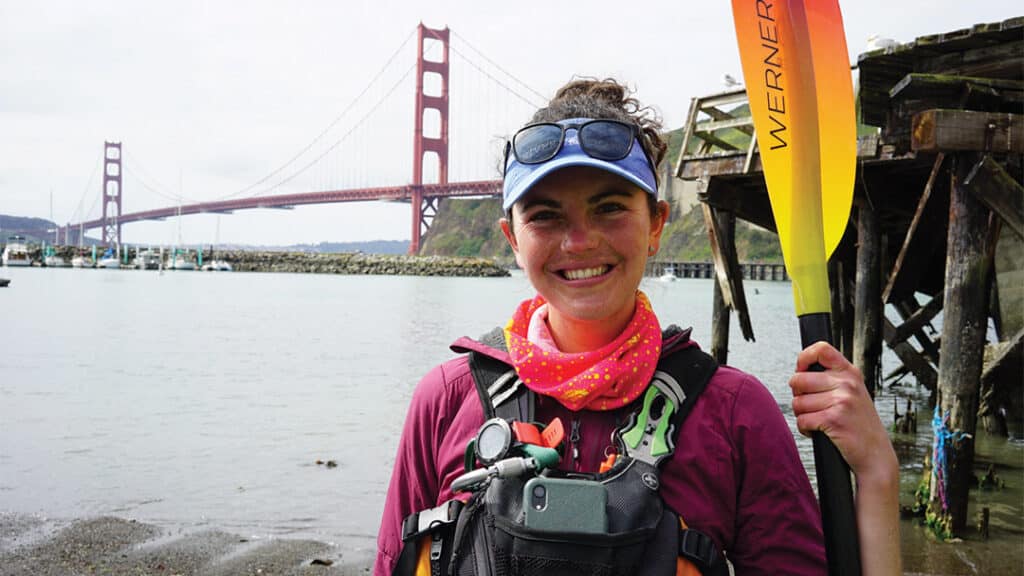
Kosel acknowledges the struggles along the way. “Because of our itinerary, we were doing on average 20 to 30 miles a day. Now, when you have a lot of current helping you cover those miles, it doesn’t feel as big of a task. But when we were on flat water paddling from morning to evening, it really takes a toll on the body. Midway through the trip, Alyssa developed a stress injury in her wrists and couldn’t paddle. So, Jamie and I had to tow her for several miles. We all had our own physical challenges. And when that’s happening, it makes the mental challenge harder, too. We all took turns being the morale boosters trying to help each other get through,” explains Kosel.
She believes the adversity made their success that much sweeter. “When we reached the Golden Gate, there really was this sense of, wow, we did this together. It wasn’t like we were just each operating our own little craft heading toward a destination. This was a team effort. I still feel proud of us for that.”
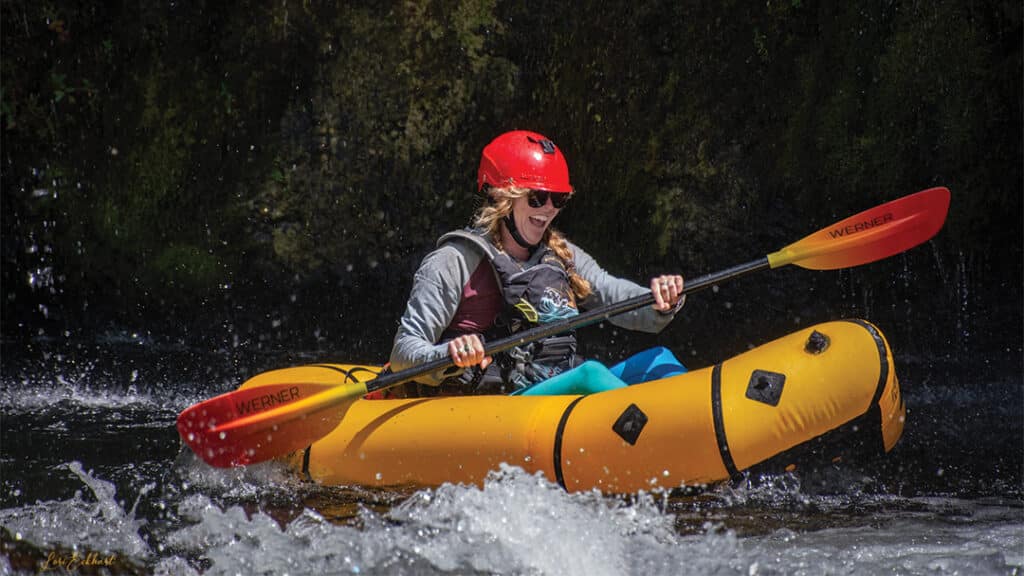
Winkelman also believes that making the film opened them up to a deeper level of engagement, with everyone from dam managers to tribal members to fishery managers to farmers to fishermen. “We got to make connections with all kinds of people. While we ultimately decided that we still love our part of the river in Mount Shasta the best because it’s so wild and has so much plant life and biodiversity, people in the Delta love their part of the river just as much. We all have something we care about to share.” •
To watch the film and get inspired, visit www.sacsourcetosea.com
Article Written by:
Megan Peterson has been a freelance storyteller for more than two decades, with writing credits ranging from National Geographic to the Sundance Channel. She also brings a background in marketing and audio tours, and has traveled and worked on six continents. Megan currently lives in Northern California with her family and a menagerie of pets.

